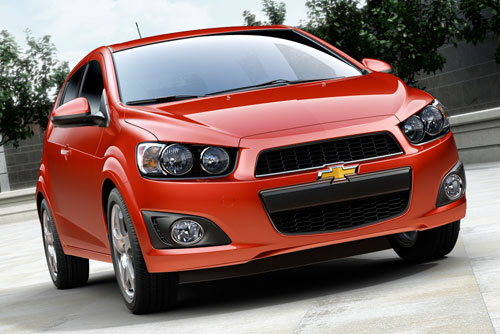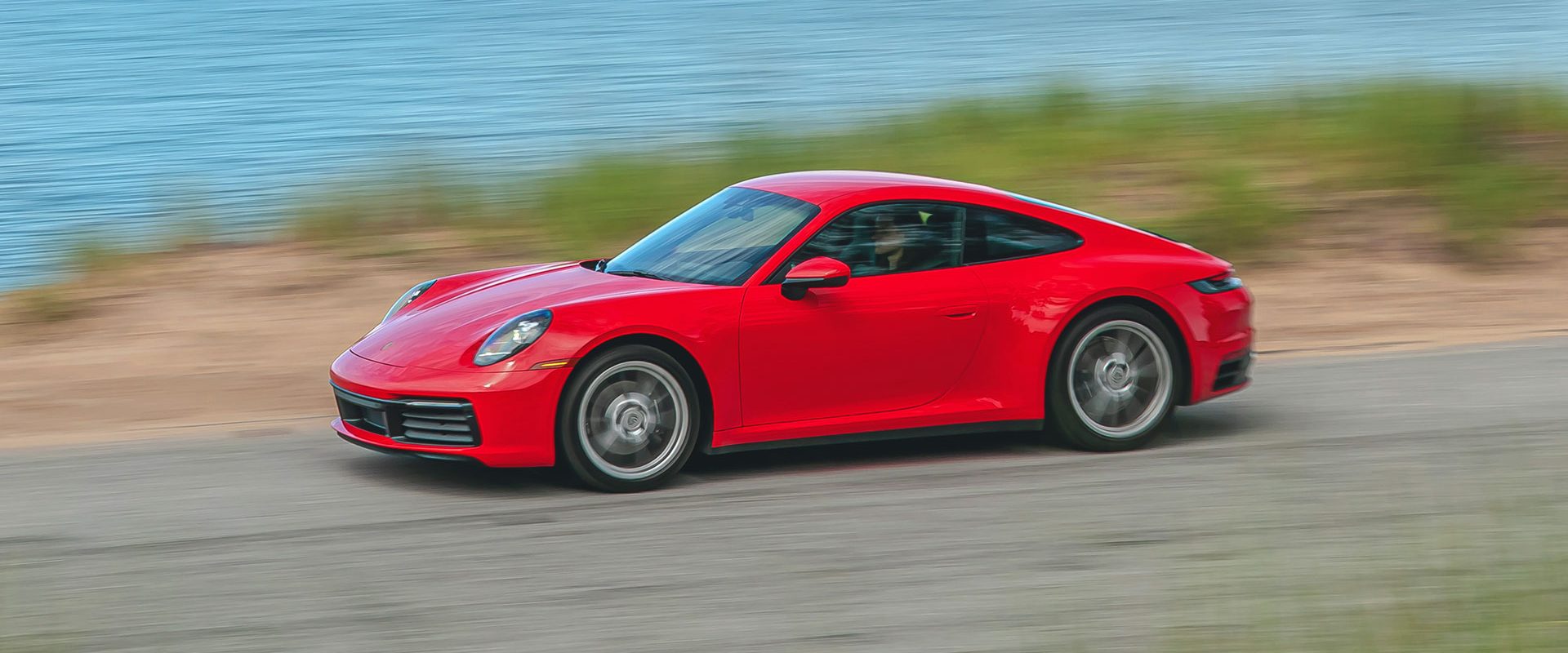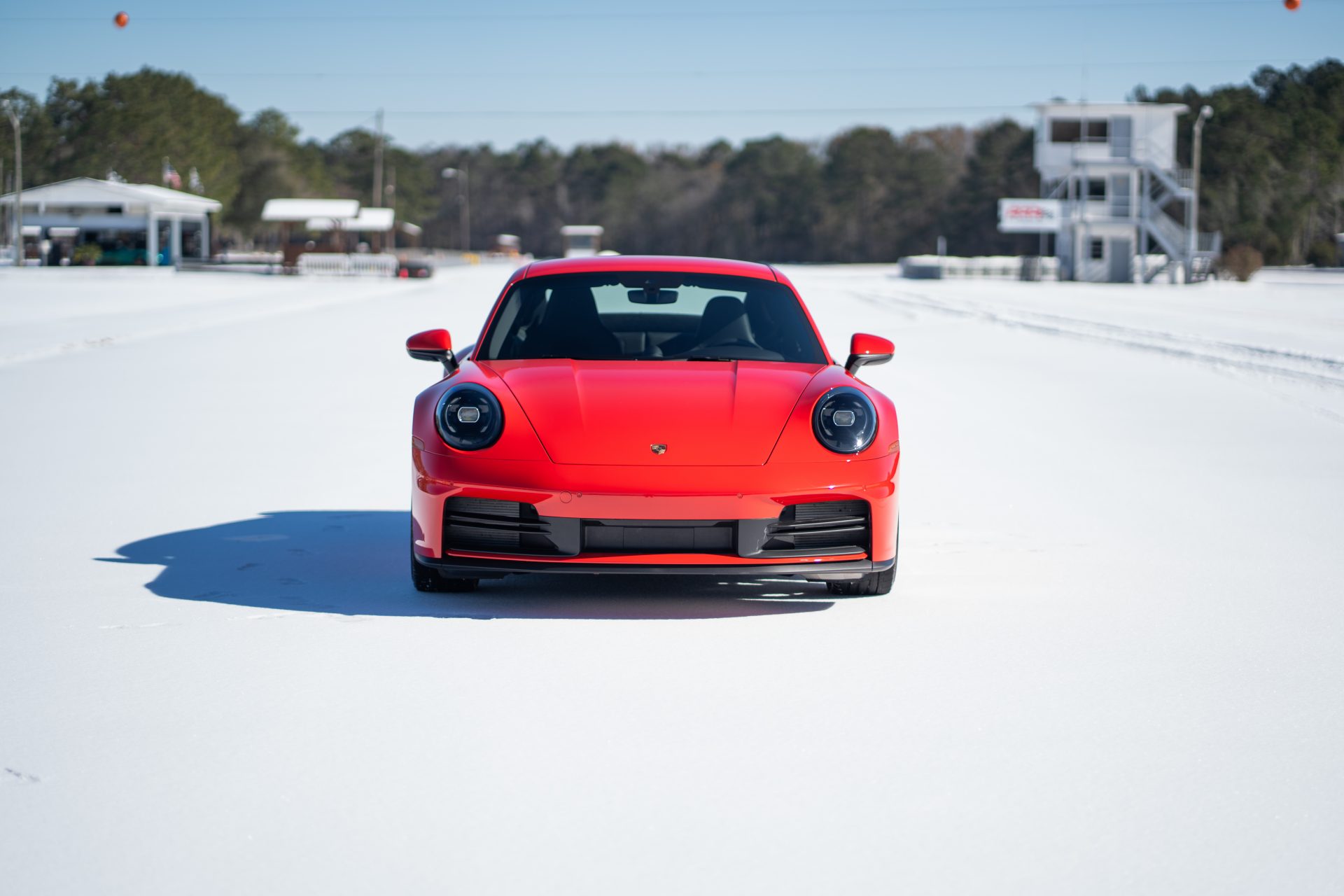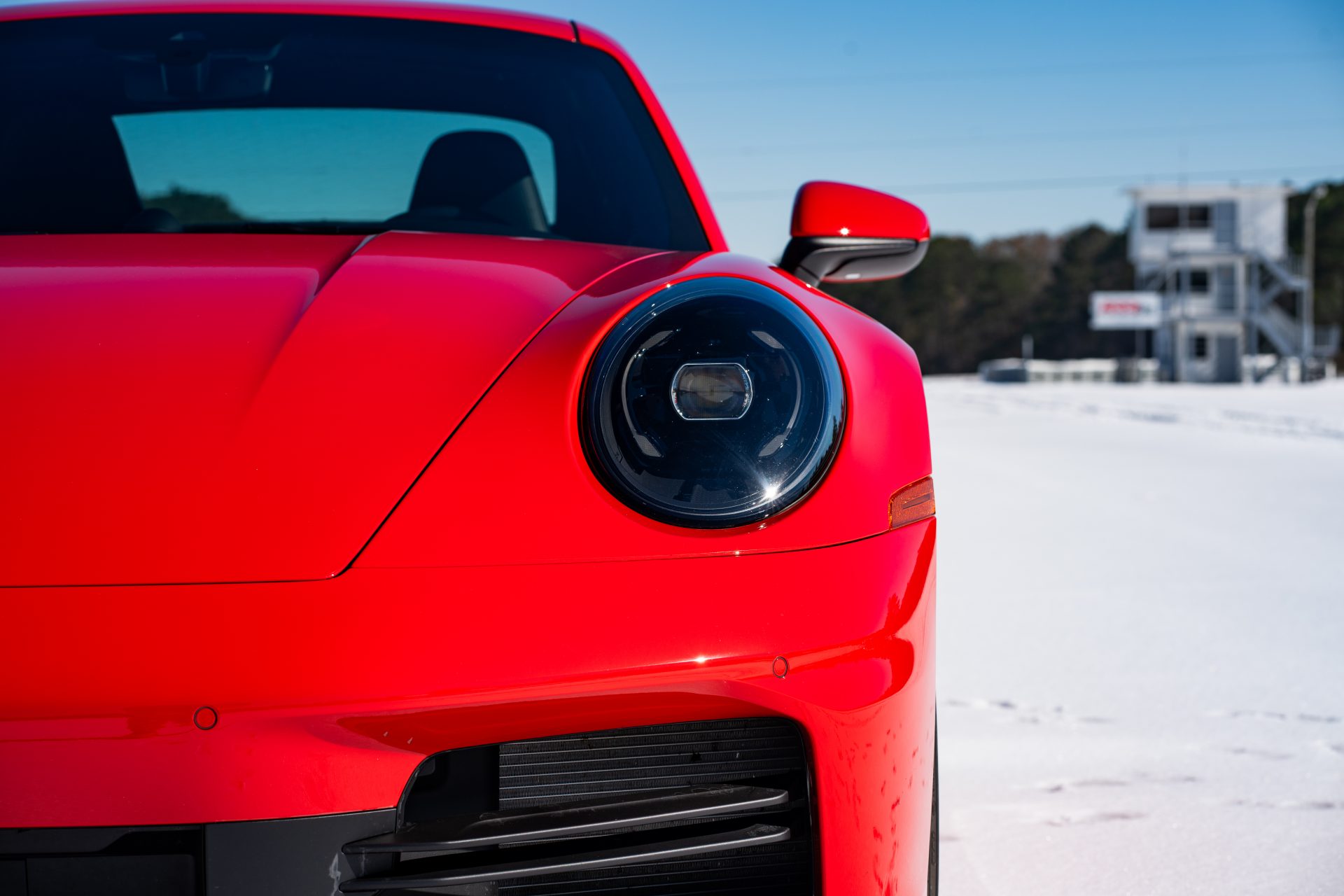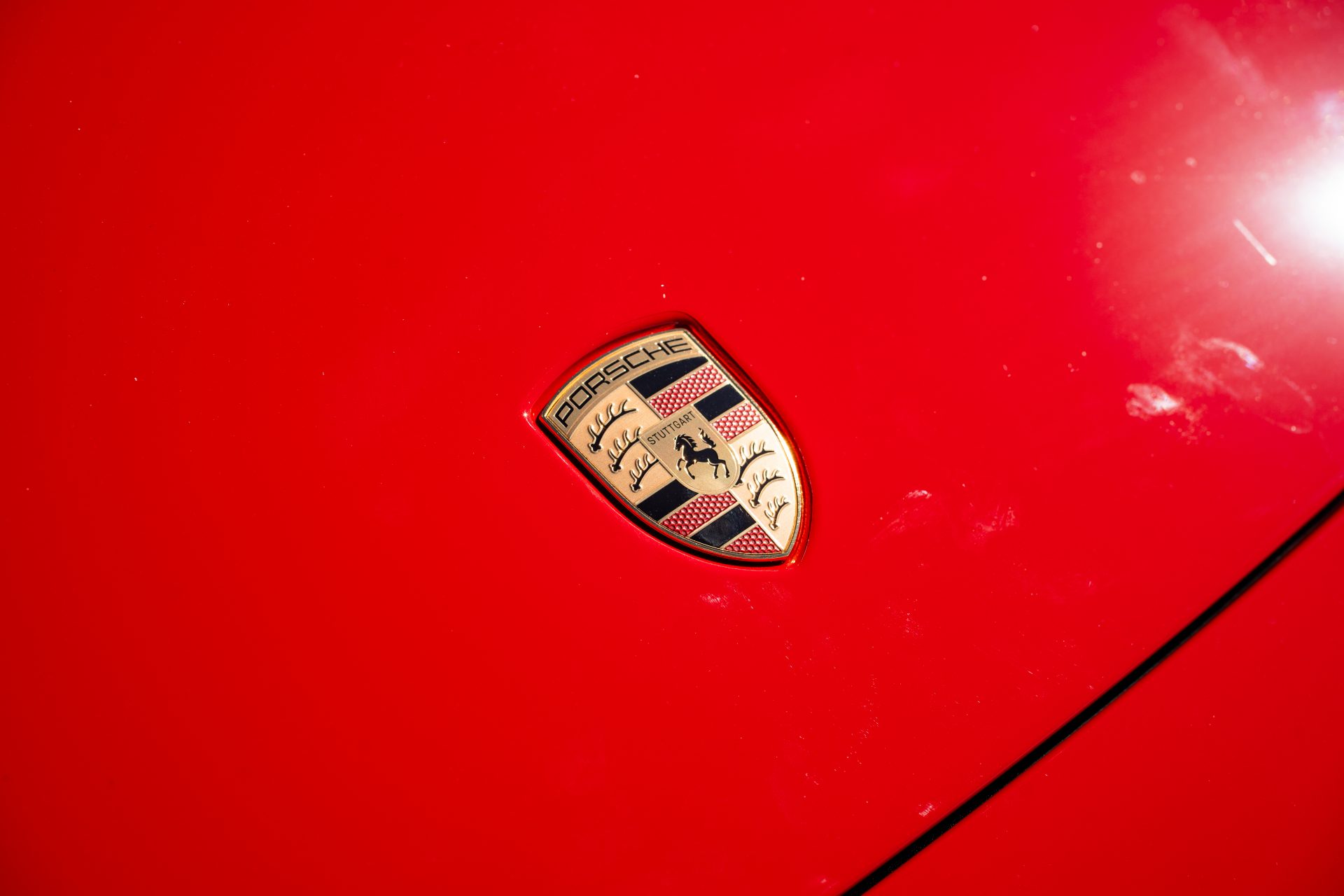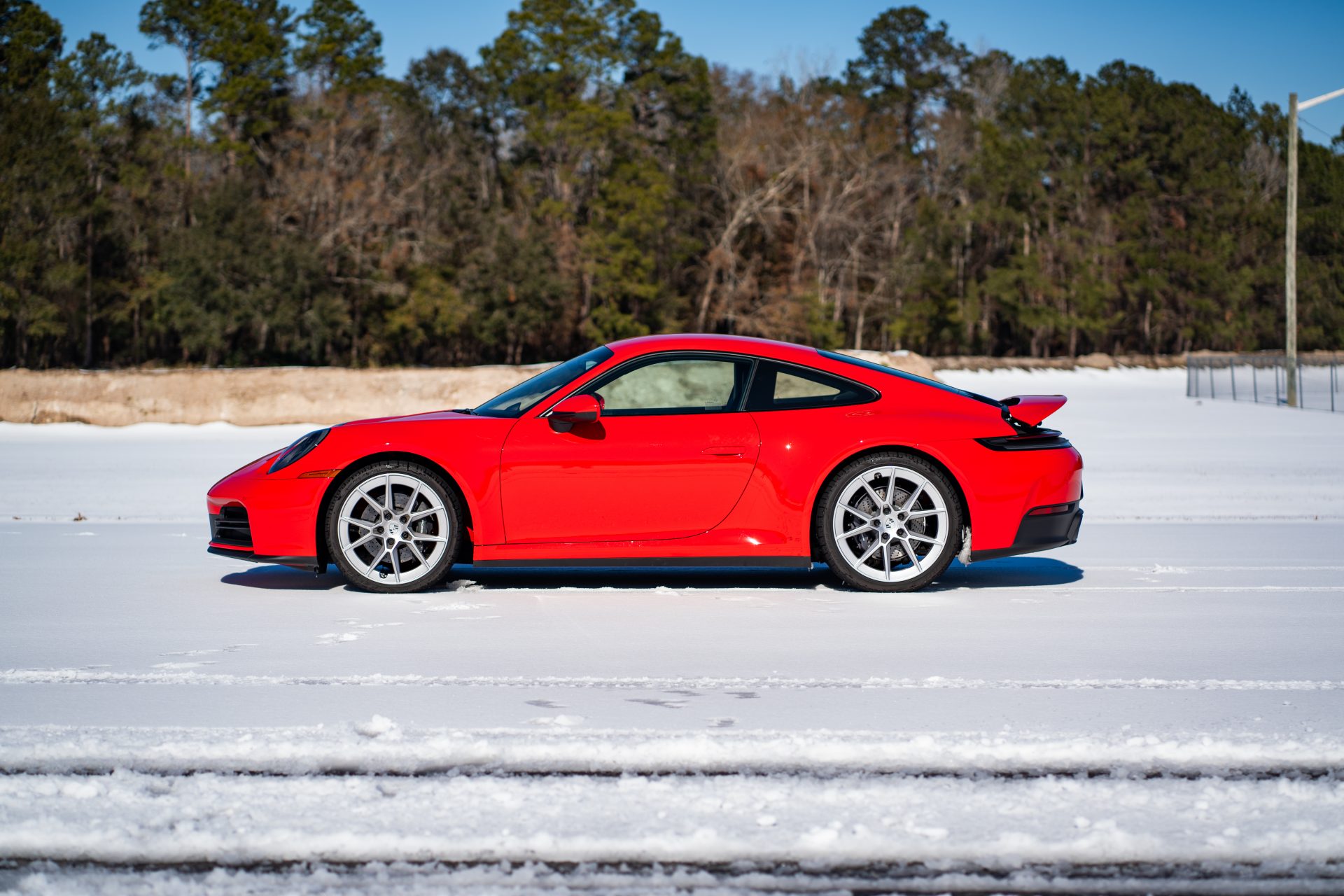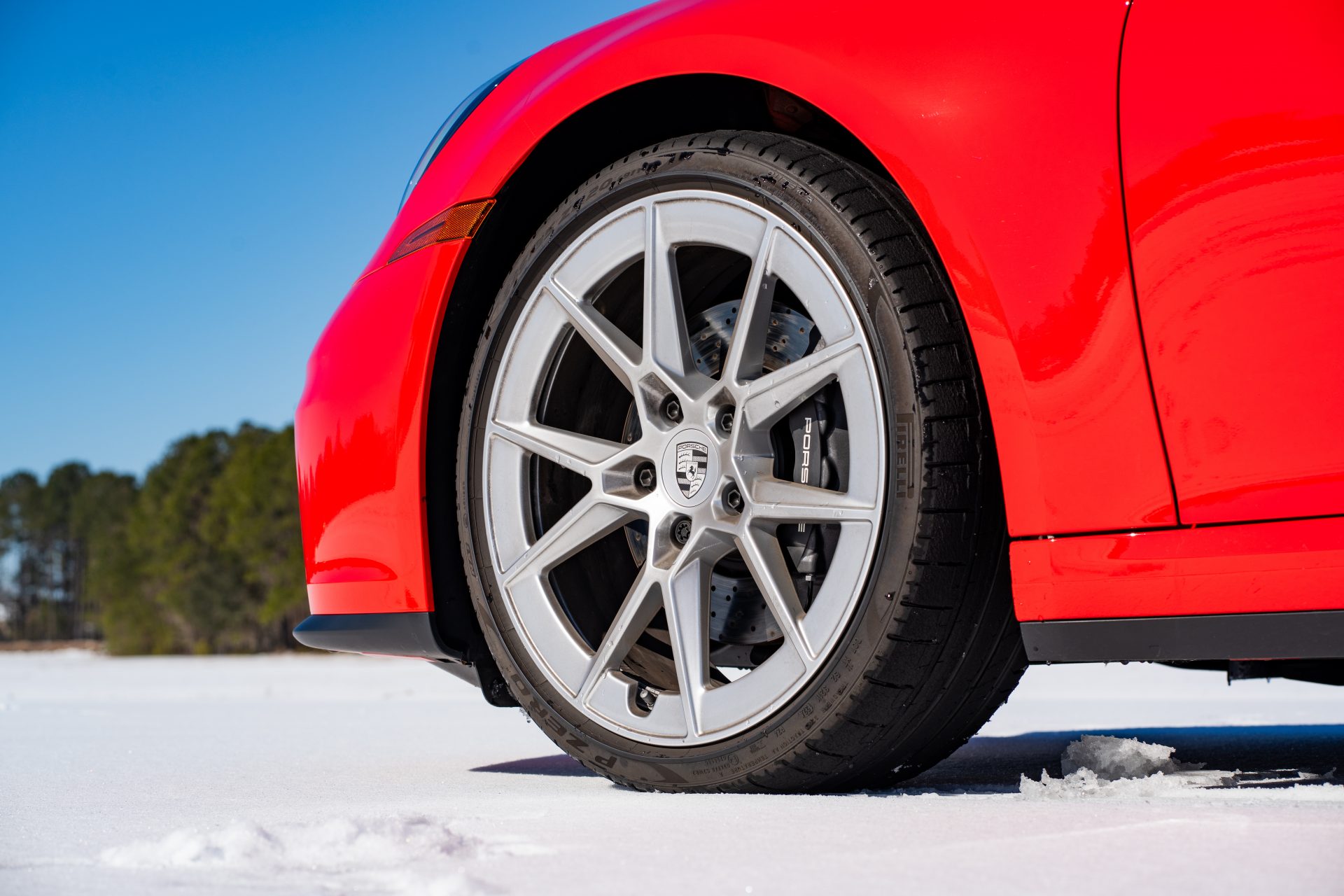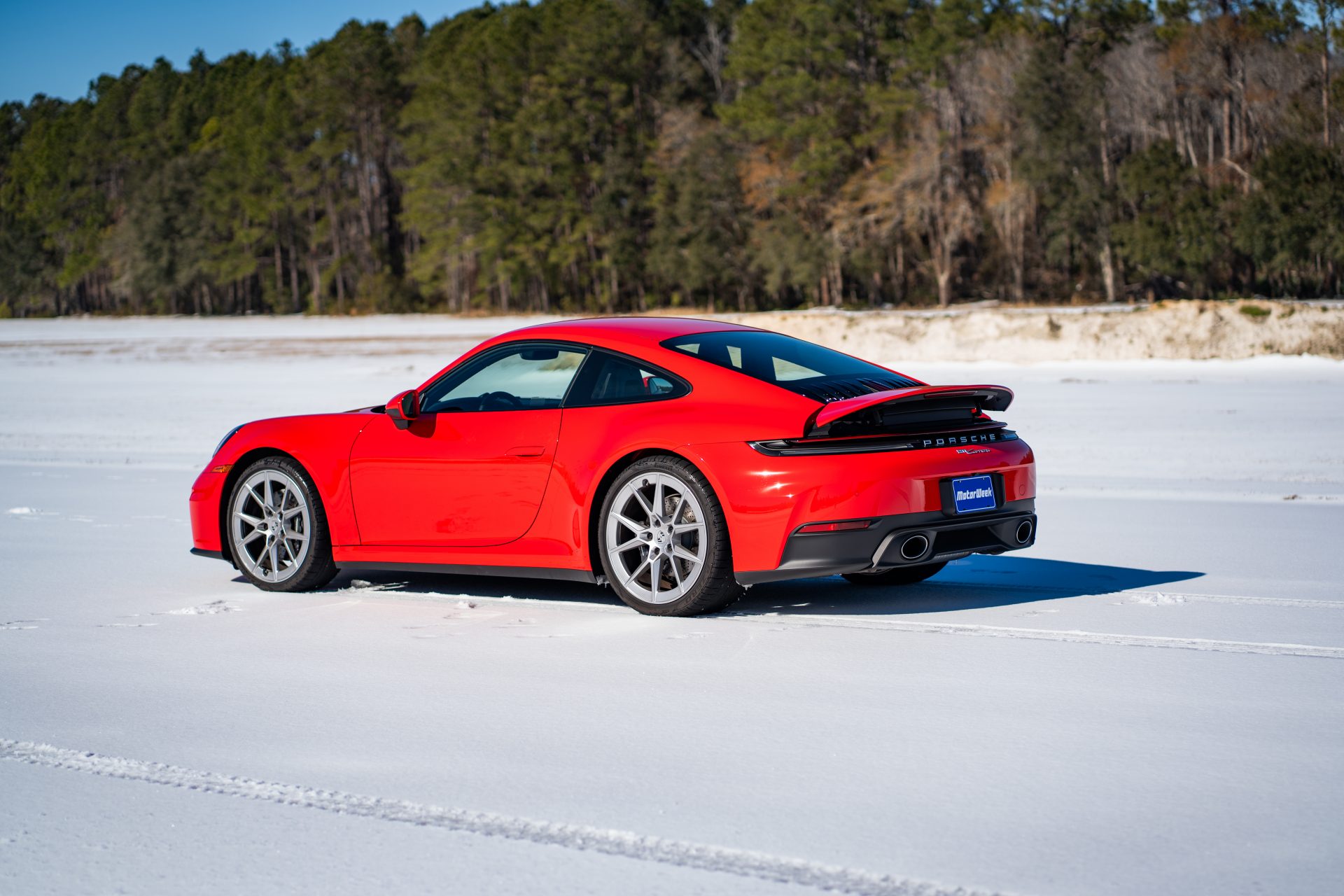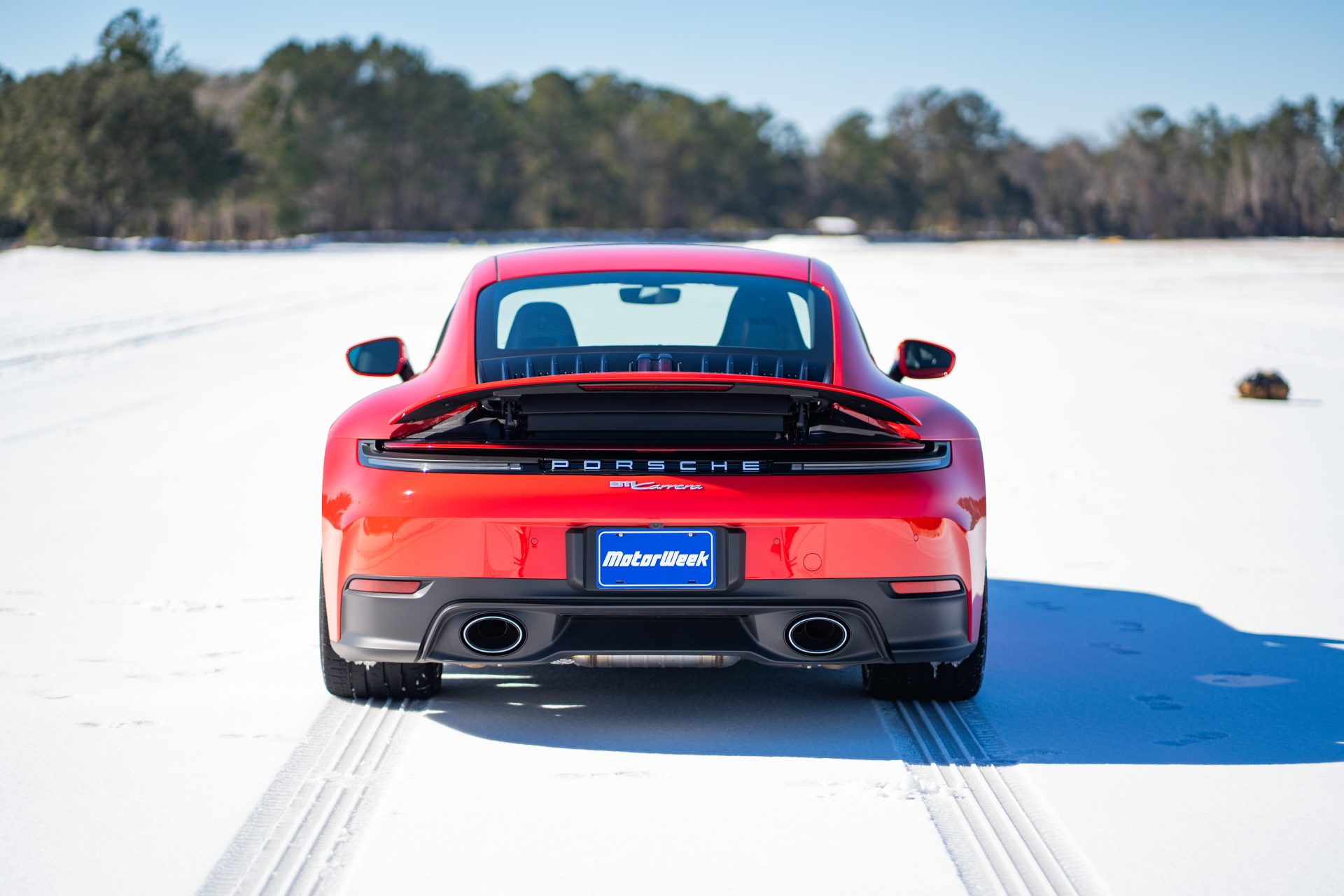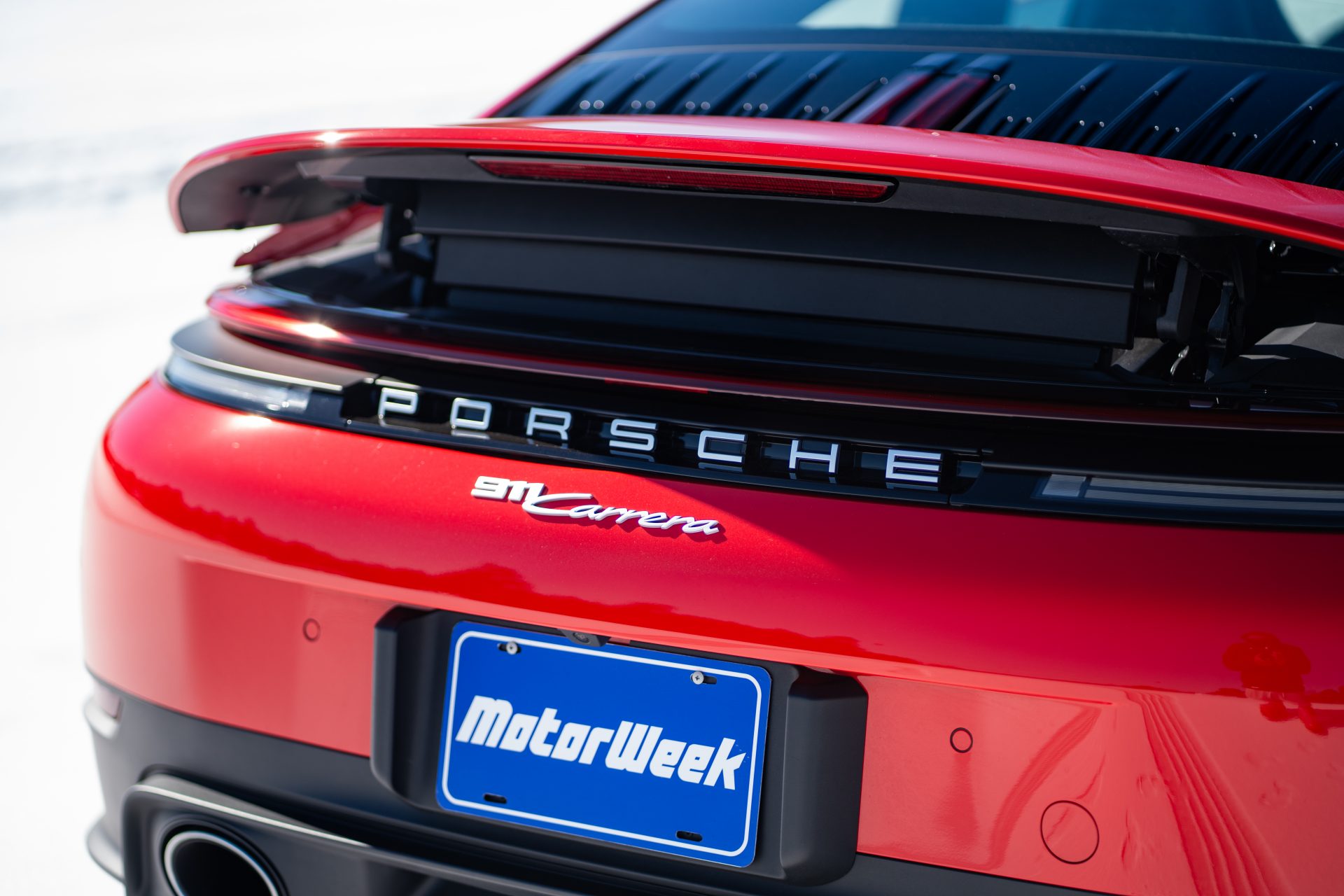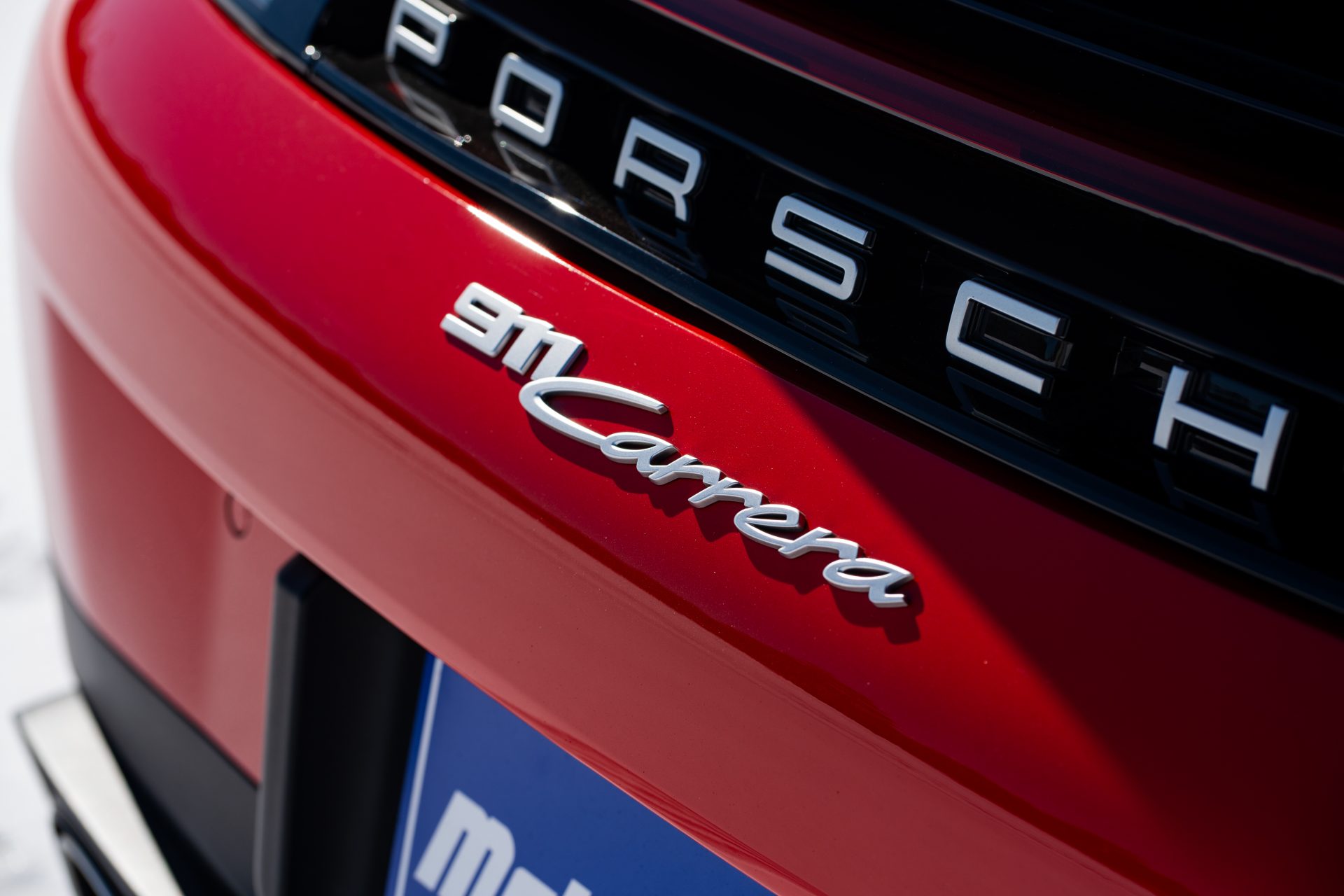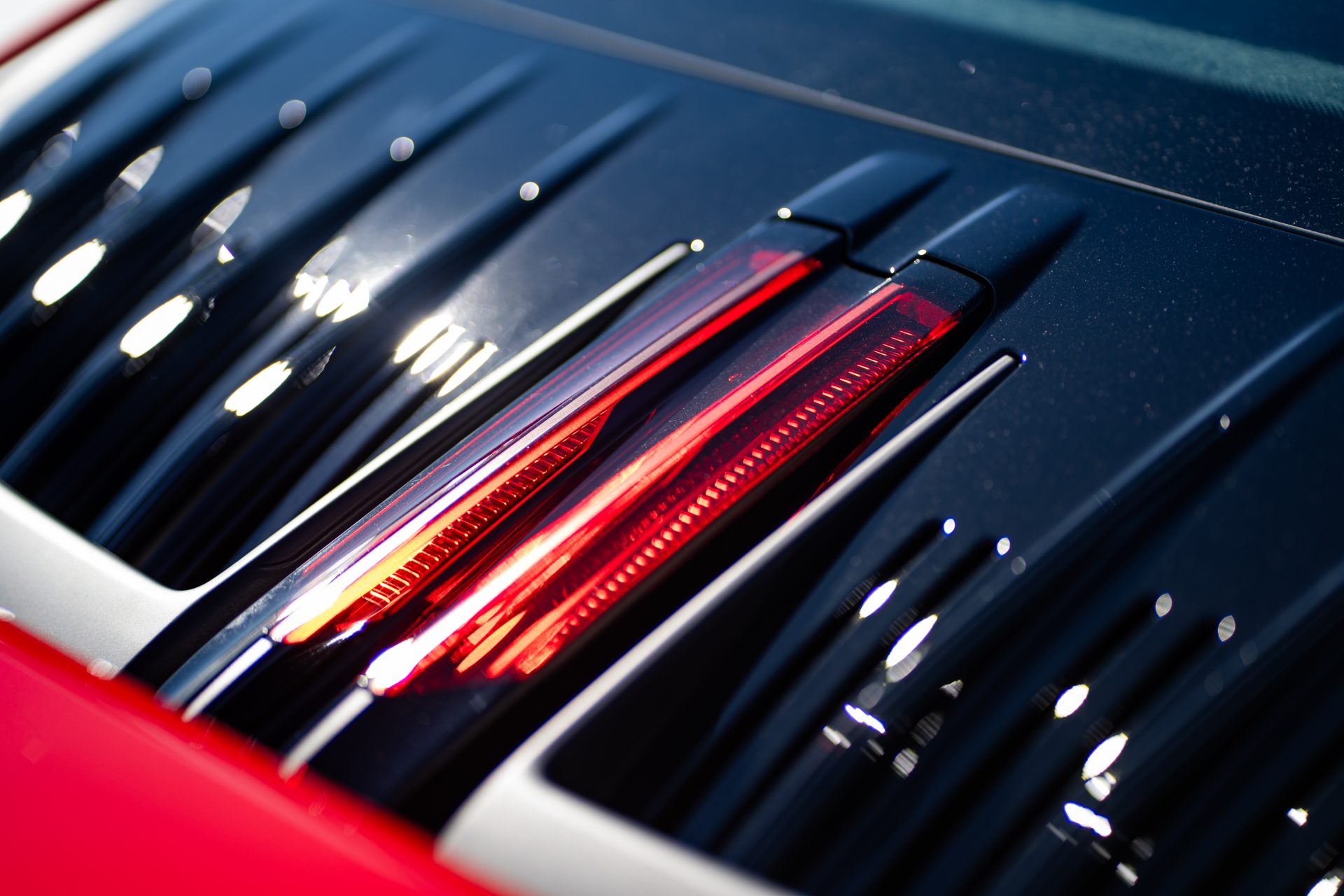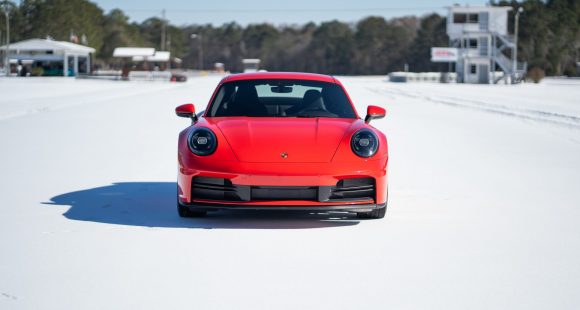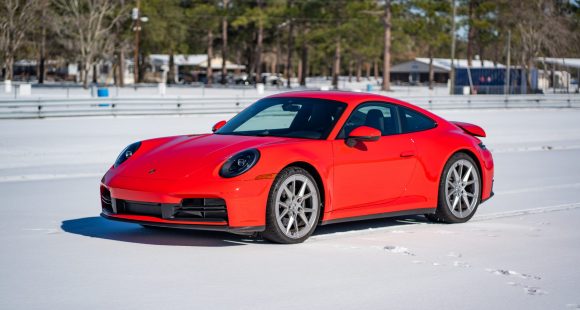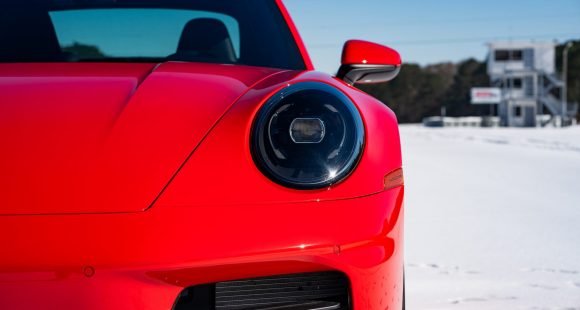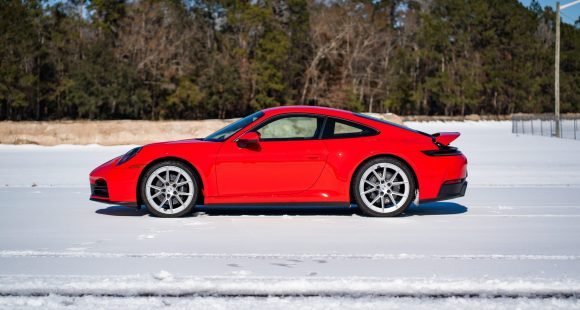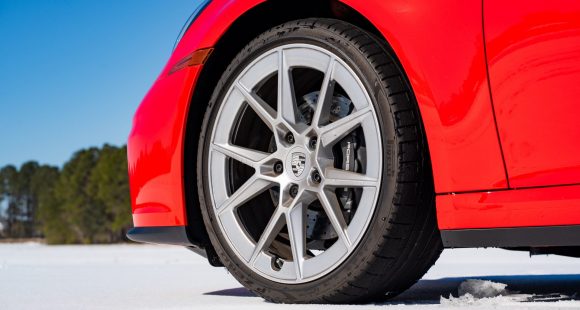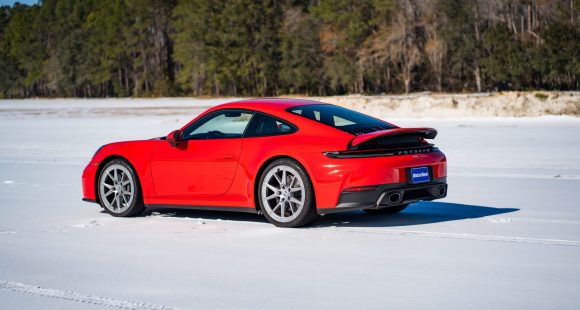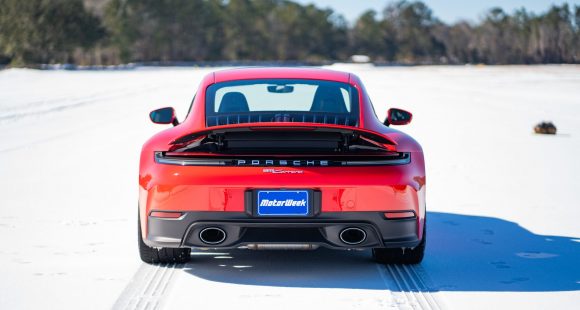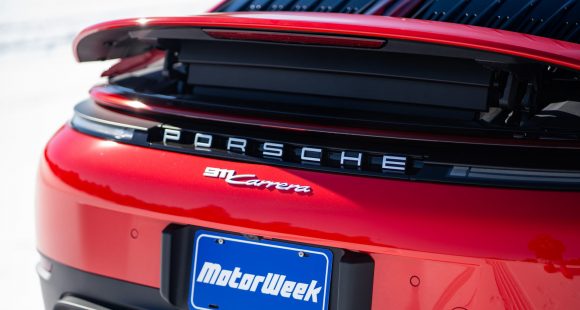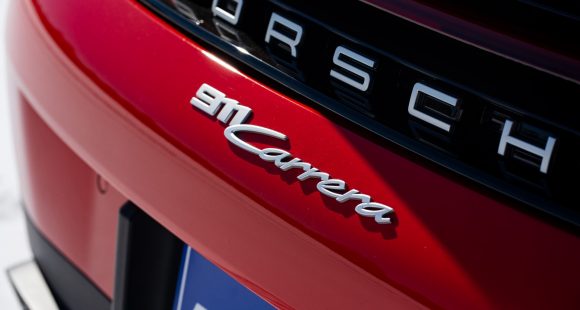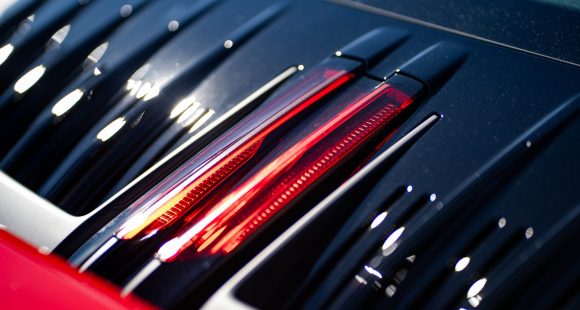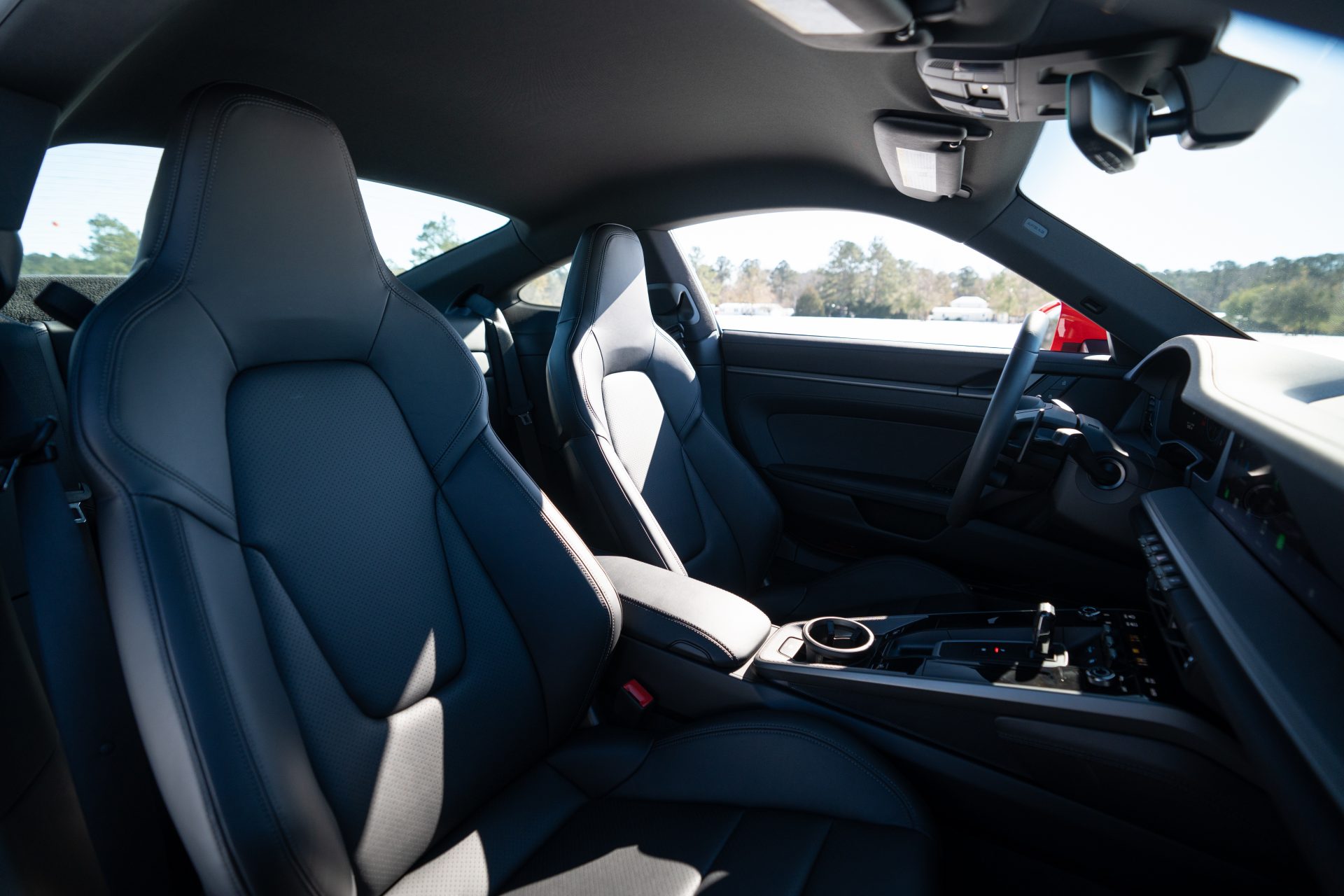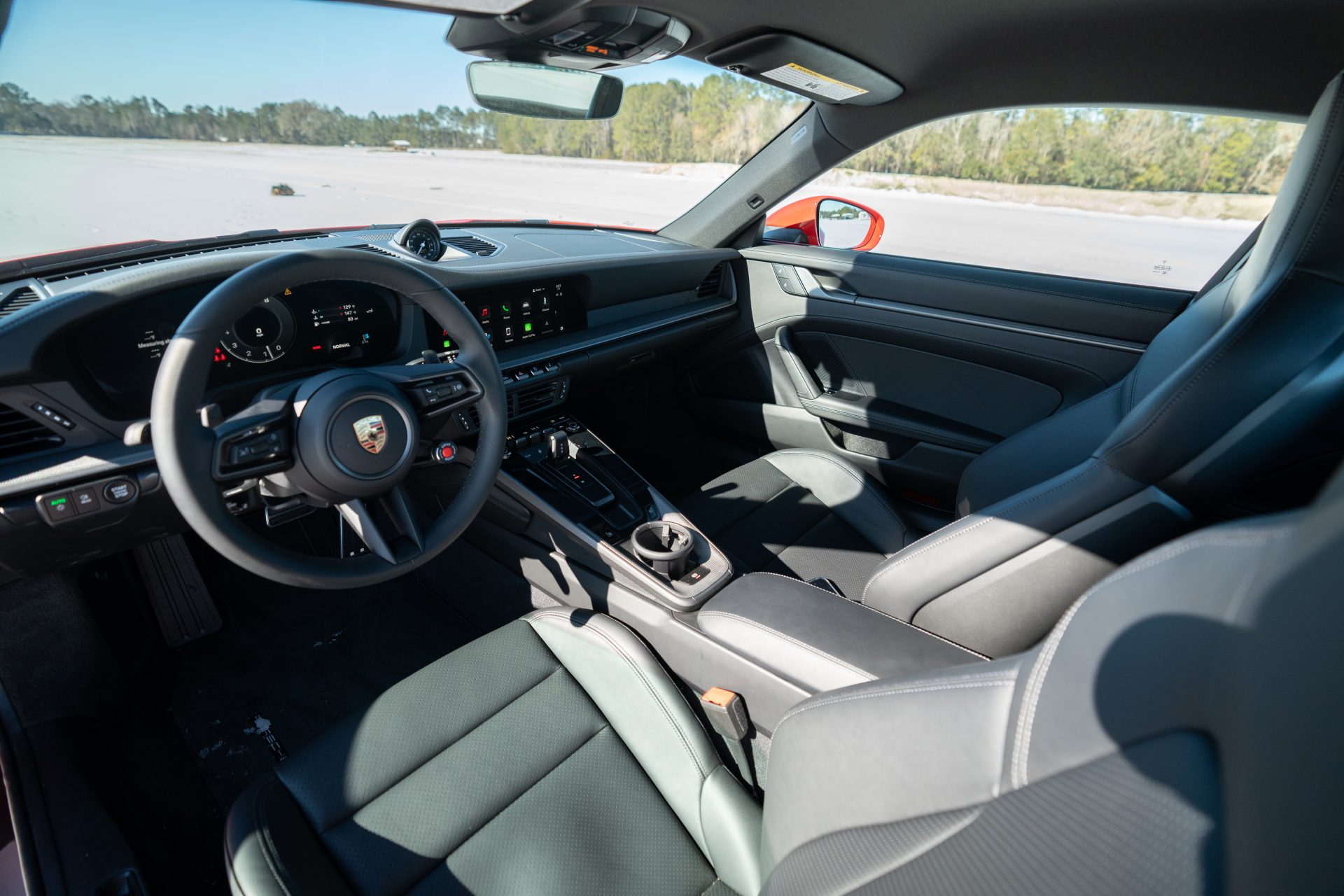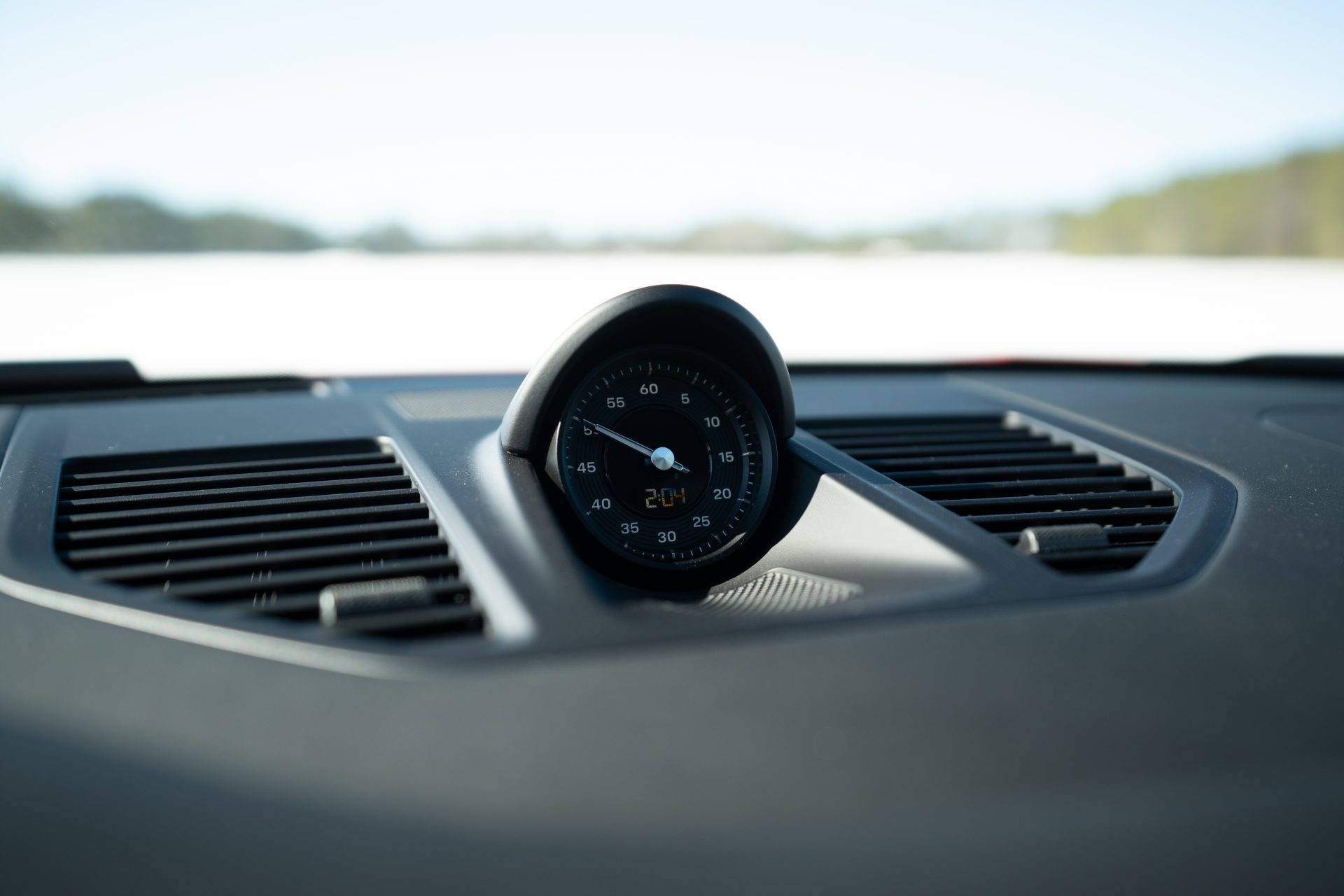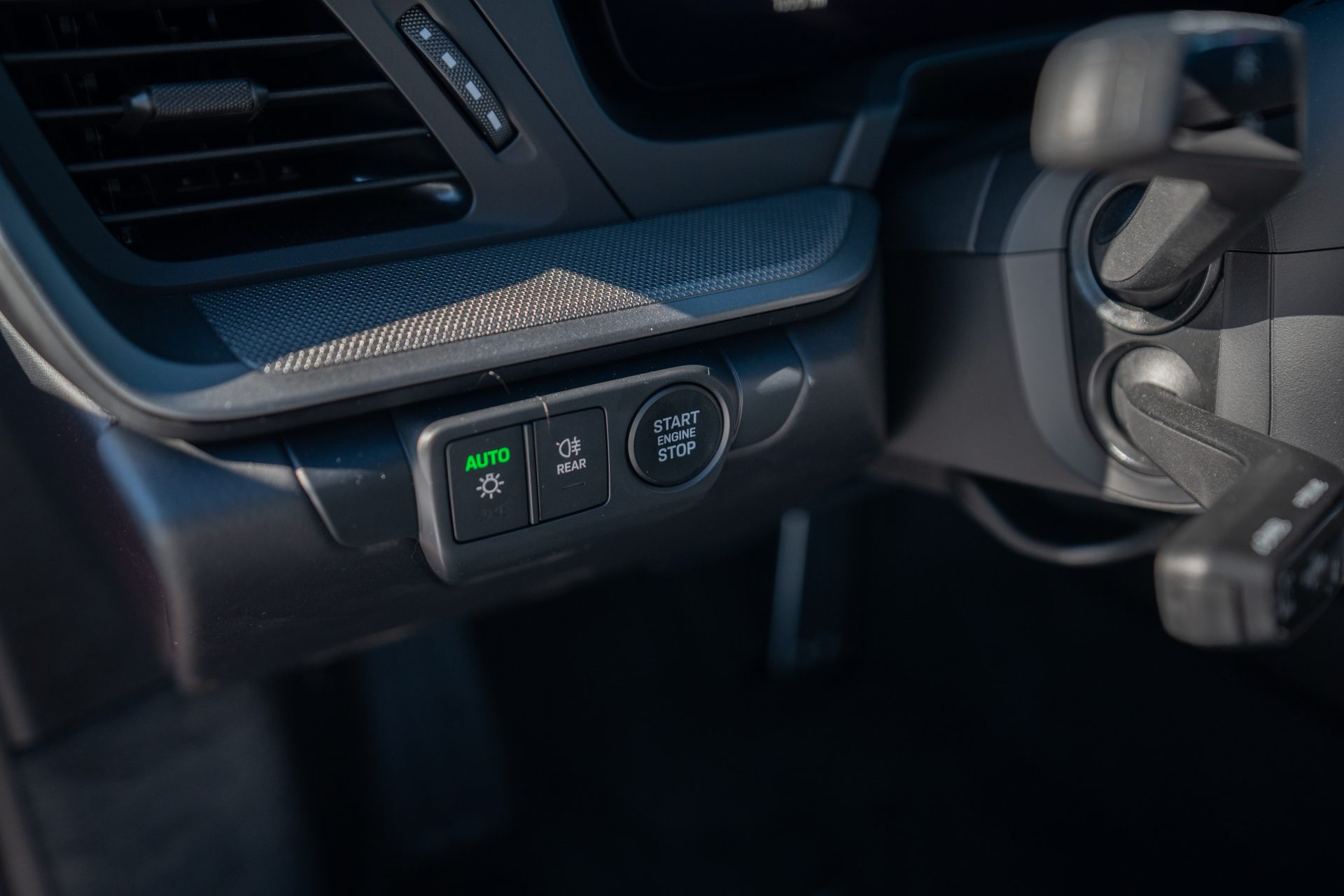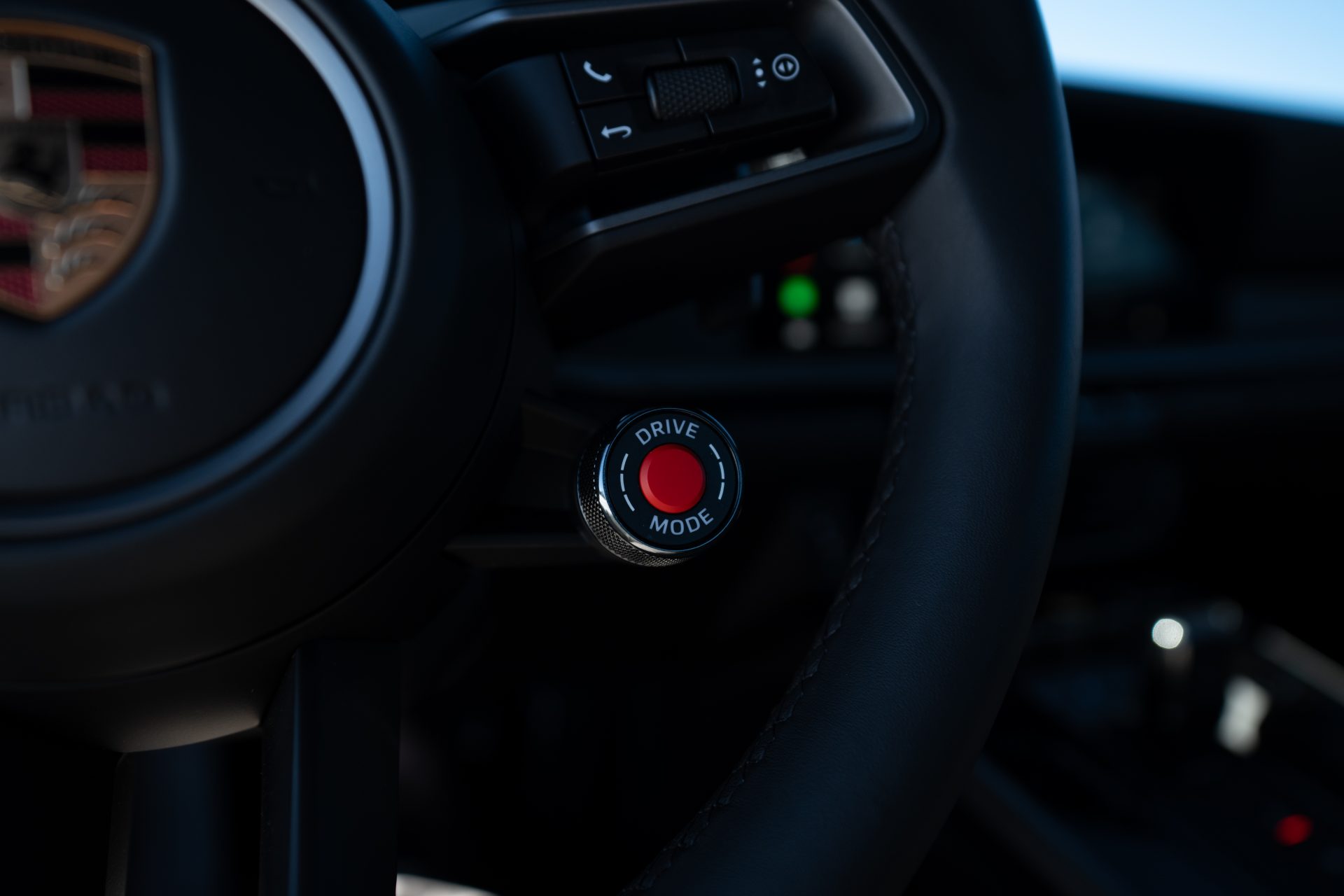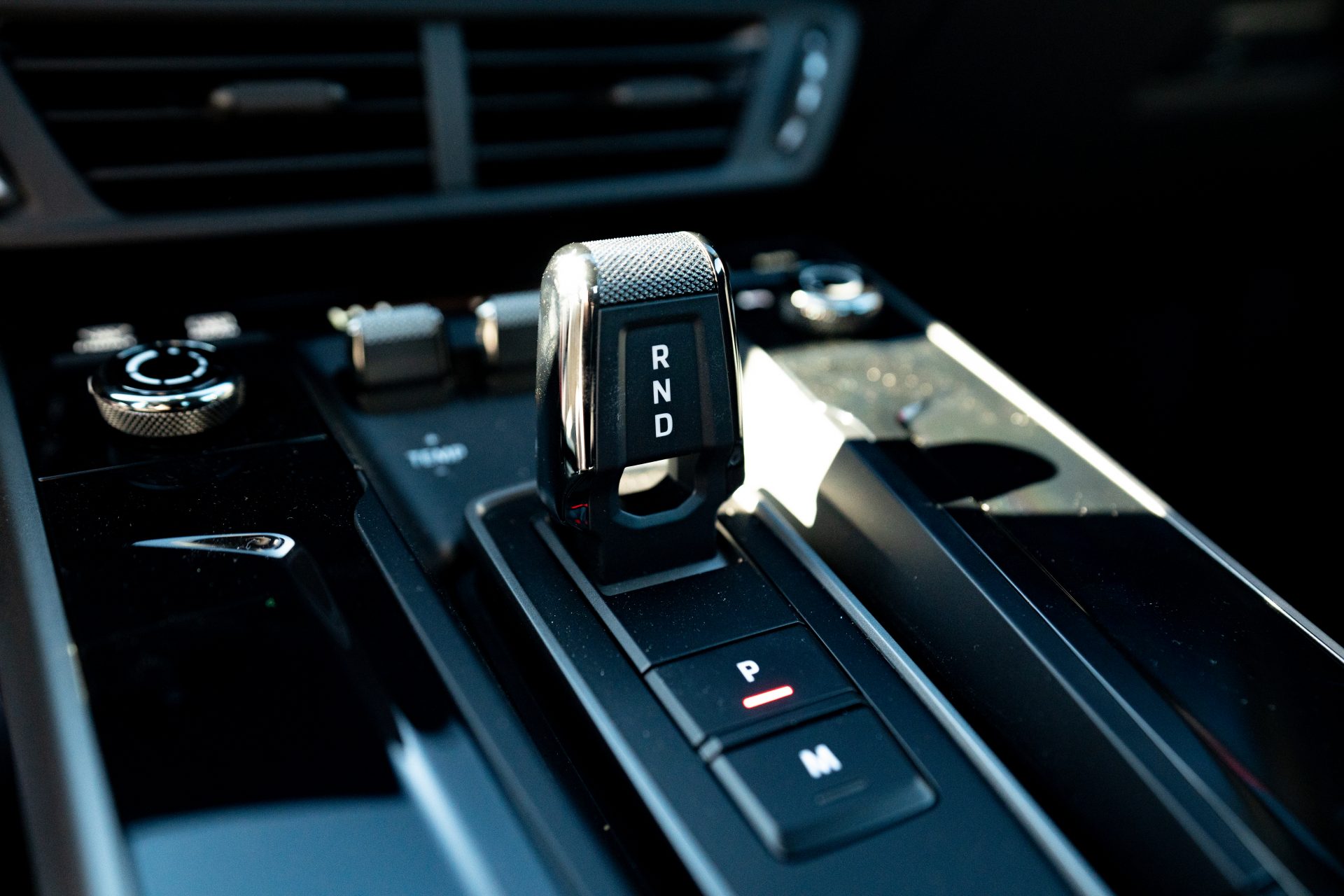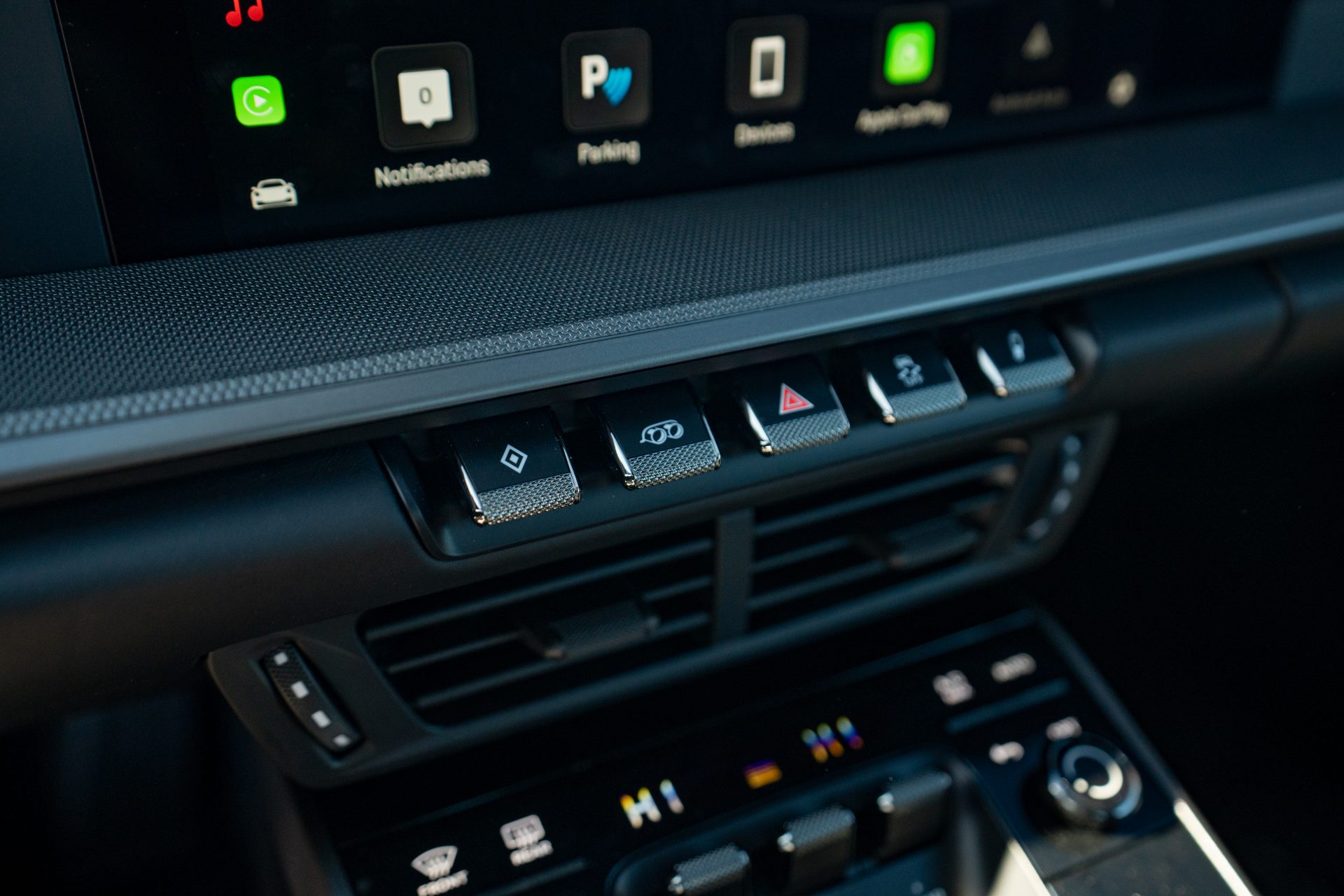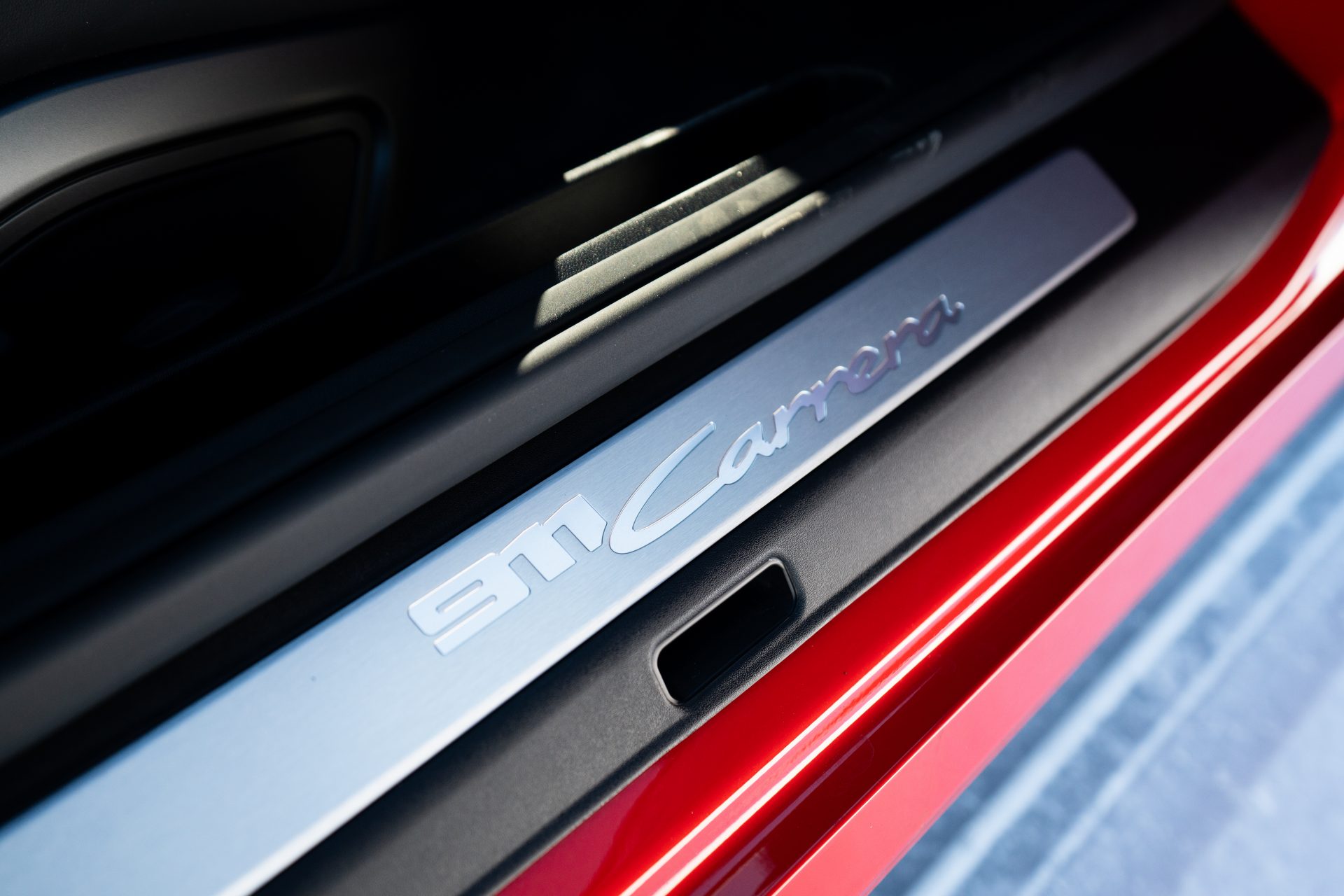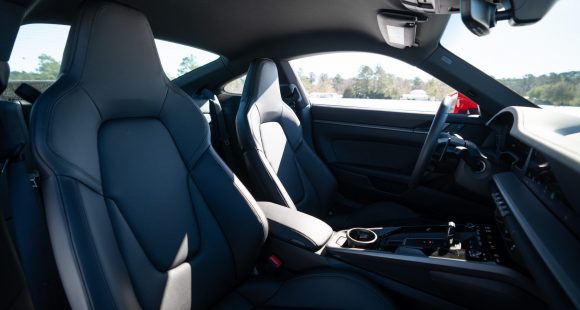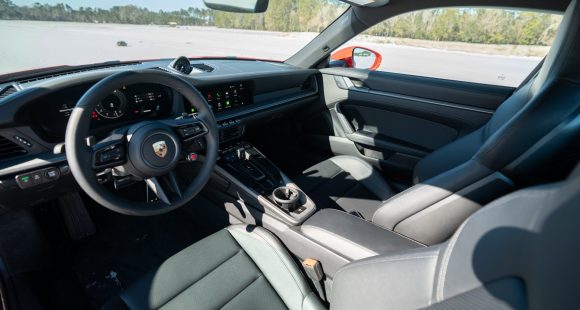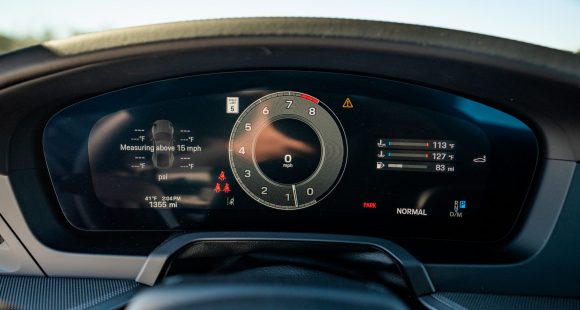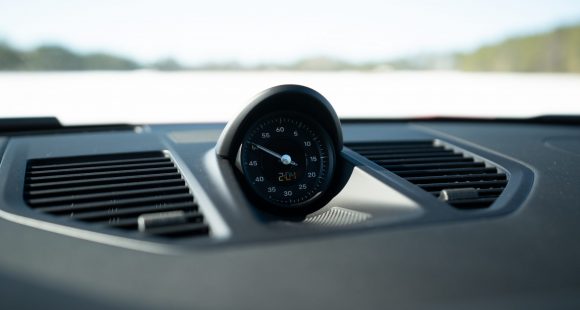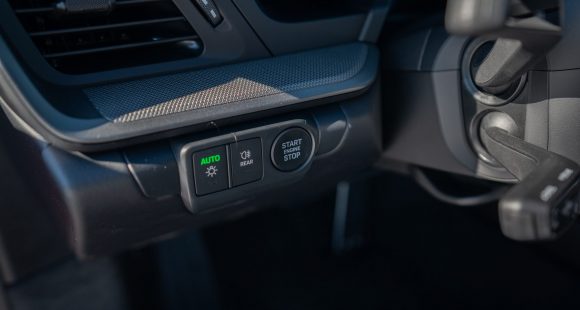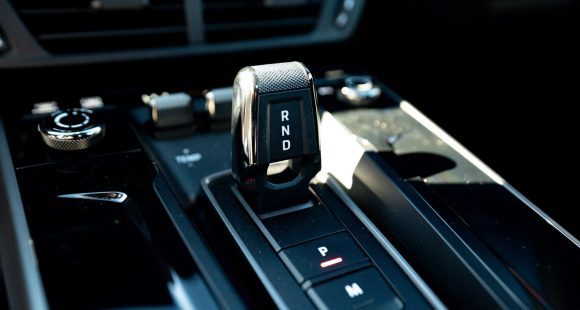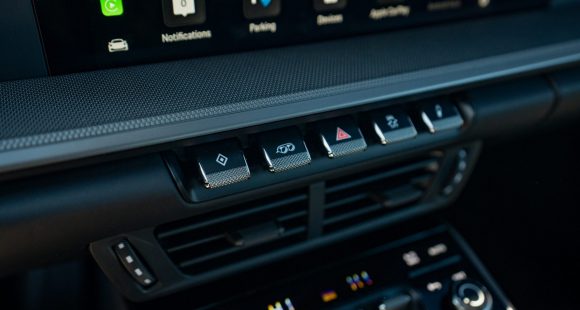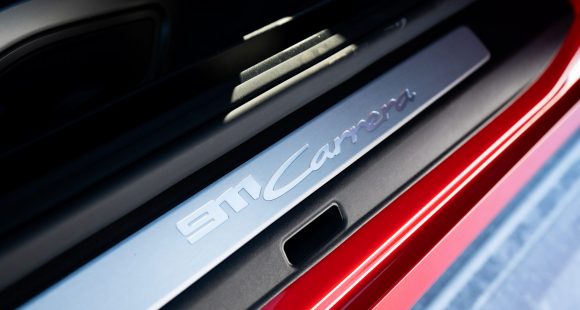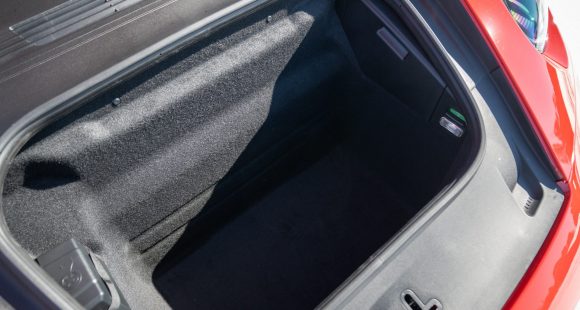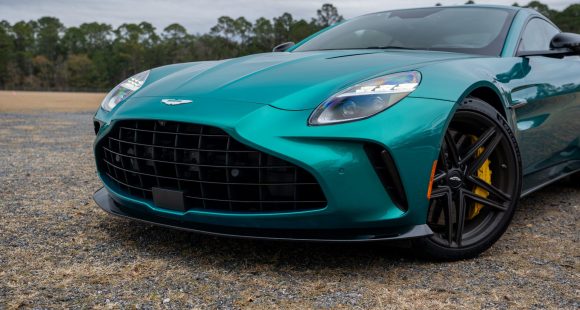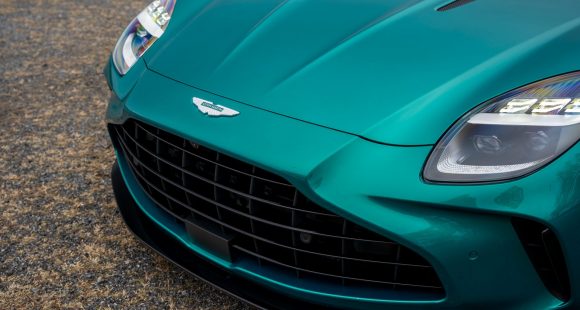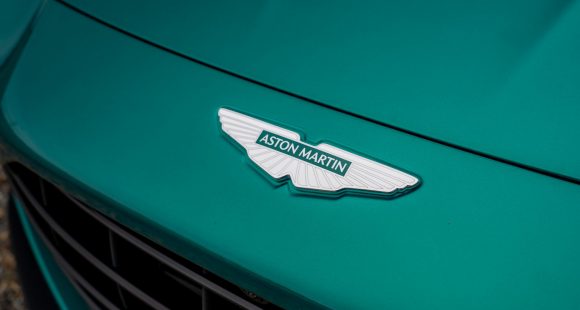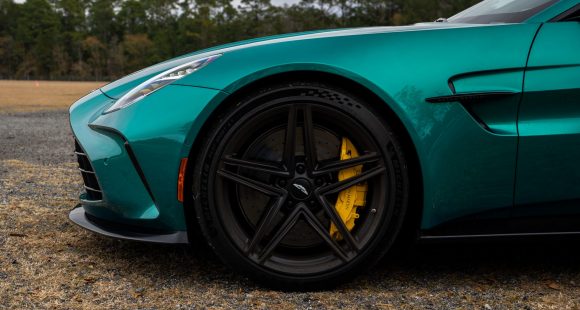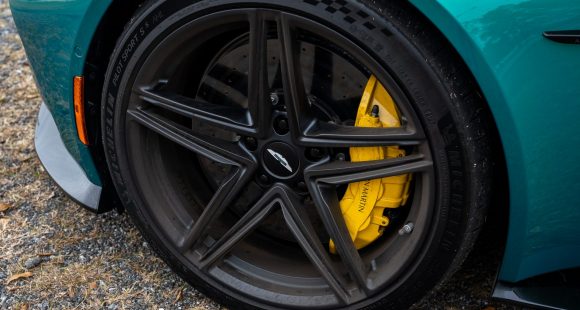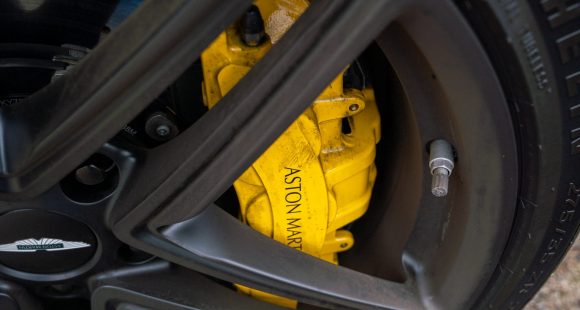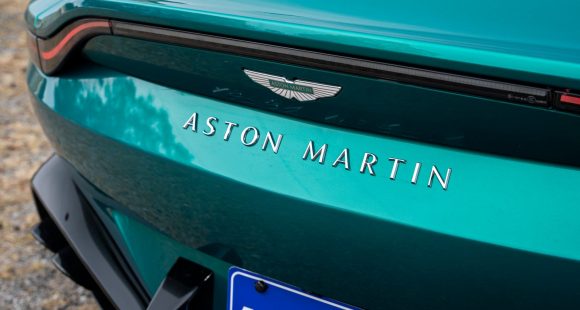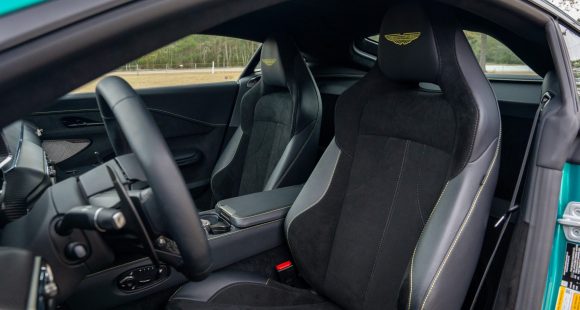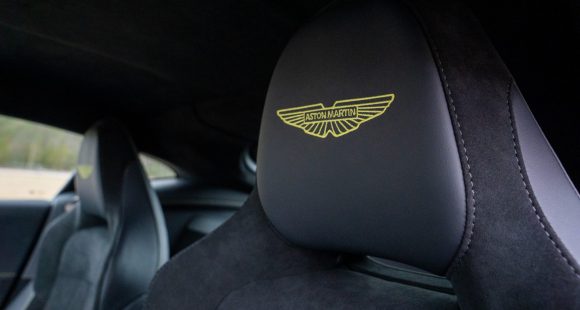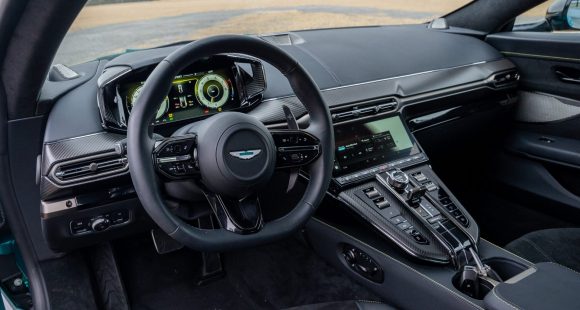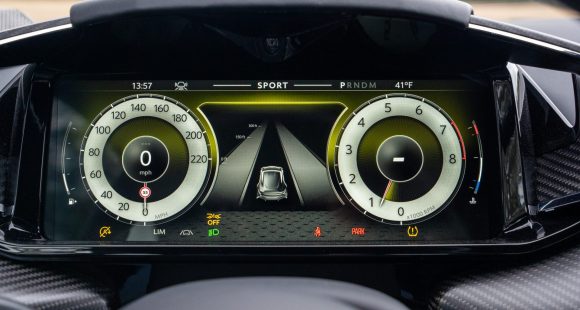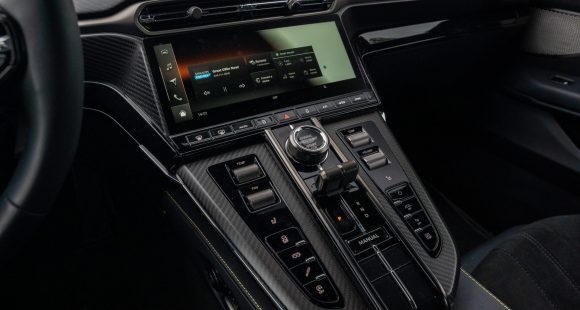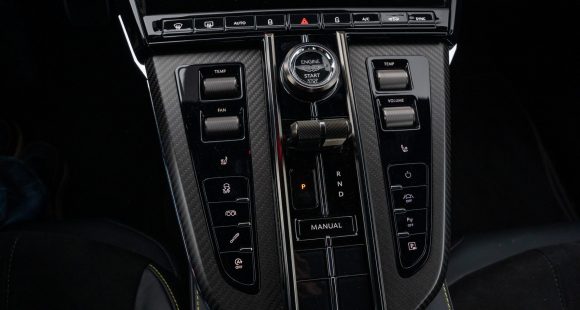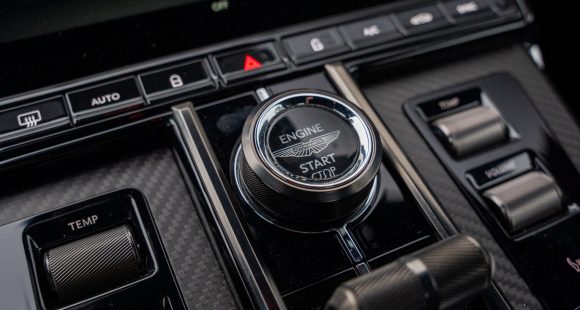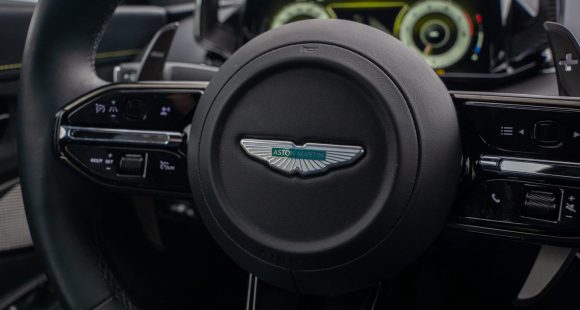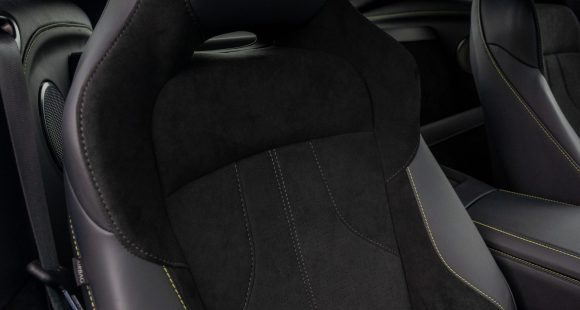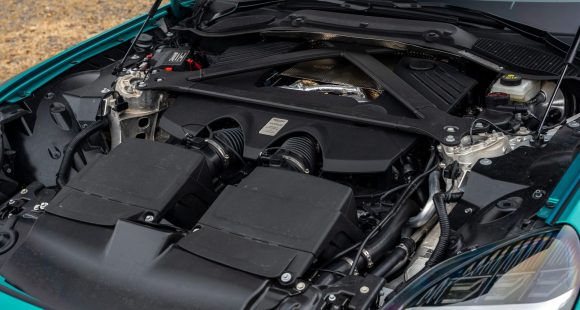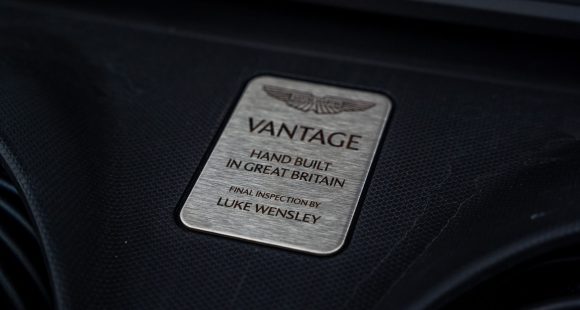2012 Chevrolet Sonic
For one hundred years, Chevrolet has been synonymous with the American car. But, while Chevy has had great success in most car segments, subcompacts have been the exception. Now critics felt it was because they were always imported and not carefully tailored to our taste. And it just cost too much to make a quality subcompact in the USA. Until now that is. This all new Chevrolet Sonic is assembled in Michigan thanks to an innovative labor agreement designed to make it profitable to build here. So let’s see if the Sonic is a success.
The 2012 Chevrolet Sonic replaces the Korean-built Aveo. And, like the Aveo, its basic design was done in the Far East. But, that ends any comparison between the two cars. The Sonic is a clean sheet design that’s not only built here, it targets America’s youngest car buyers like no Chevrolet before it.
To that end, both the Sonic 5-door Hatchback and 4-Door Sedan sport styling cues drawn from sport motorcycles. That includes the big, circular headlights with exposed lamps that surround a split Chevrolet grille, and front a Camaro-style powerdome hood. From the side, your first impression is that our top-trimmed LTZ 5-door is actually a 3-door due to the high mounted rear door handles hidden in the C-pillar. Strong character lines add to the sense that the Sonic is always in motion. As do alloy wheels on all models! 15s, 16s, and our car’s available 17-inchers.
Out back we find more sporting design cues on our 5-door, including a standard hatchtop spoiler, big, round, exposed lens taillights, and more strong panel sculpturing. Naturally the 4-door sedan is toned down a bit, but it still stands out among its mostly mundanely shaped rivals.
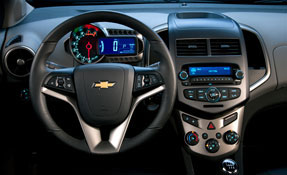 Once you enter the cockpit, there’s no mistake who this car was made for. The interior was designed for young urbanites that spend most of their time cruising the big city. Front legroom and headroom is very good for a subcompact. A tilt/telescoping wheel is standard. There is more motorcycle influence in the gauge cluster that mates a round speedometer with a rectangular digital readout. Like the VW Beetle, the Sonic has a second glove box where you can connect your mp3 device or ipod with USB and AUX inputs. Bluetooth for phone and music is available on all trims. In the back, we found head room to be fine, but this is a subcompact so leg room is tight. Seats fold 60/40. Hatchback cargo space is 19 cubic feet seats up and a big 30.7 seats down.
Once you enter the cockpit, there’s no mistake who this car was made for. The interior was designed for young urbanites that spend most of their time cruising the big city. Front legroom and headroom is very good for a subcompact. A tilt/telescoping wheel is standard. There is more motorcycle influence in the gauge cluster that mates a round speedometer with a rectangular digital readout. Like the VW Beetle, the Sonic has a second glove box where you can connect your mp3 device or ipod with USB and AUX inputs. Bluetooth for phone and music is available on all trims. In the back, we found head room to be fine, but this is a subcompact so leg room is tight. Seats fold 60/40. Hatchback cargo space is 19 cubic feet seats up and a big 30.7 seats down.
Front drive power for the Sonic comes from the larger Cruze. Standard is a 1.8 liter I4 rated at 138-horsepower and 125 lb-ft of torque. Our car sported the optional 1.4-liter turbocharged I4 that pumps out the same 138-horsepower, but 148 lb-ft. of torque. It’s fitted to a 6-speed manual or automatic.
Off the line, the Sonic turbo spins up quickly, reaching 60 in 8.1 seconds. The quarter mile passed in 16.4 seconds at 89 miles per hour. All good numbers for a subcompact. But turbo boost is finite and the clutch engaged too high for true sporty driving.
On the other hand, our manual Sonic turbo has great Government Fuel Economy Ratings of 29-City and 40-Highway. We averaged a commendable 37.2 miles per gallon of regular gas. Young buyers will like that. When taken through our slalom course, the Sonic had plenty of roll and push. All models are fitted with a strut front suspension and a semi independent torsion beam axle rear. But, despite its soft attitude, we never lost confidence in the Sonic.
The Sonic has front disc and rear drum brakes with ABS and a Hill Hold Feature. They brought our sonic down from 60 in a nicely short 119 feet. The pedal was a bit soft and we did experience a little nose dive, but the Sonic’s braking was still impressive.
We spent two weeks with the Sonic and found the soft suspension handled broken pavement extremely well. Yet, we concluded that our Sonic turbo manual was not as sporty for daily driving as it looks due to the late engaging clutch. We think the automatic is the best choice.
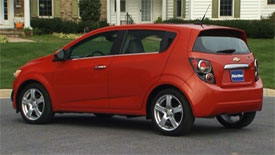 The 2012 Chevrolet Sonic LS 5-door hatchback begins at $15,395. Our LTZ turbo starts at $18,695. For the budget conscious, the Sonic LS 4-door sedan begins at $14,495.
The 2012 Chevrolet Sonic LS 5-door hatchback begins at $15,395. Our LTZ turbo starts at $18,695. For the budget conscious, the Sonic LS 4-door sedan begins at $14,495.
We feel the new Sonic is a very good subcompact. It’s youthfully style, reasonably spirited, comfortable, well equipped, efficient, and appears very well made in the good old U.S. of A. And, it needs to be with serious rivals like the Ford Fiesta, Honda Fit, Hyundai Accent, and Kia Rio. And that’s only a partial list!
Still, overall, we think this Chevy is at the top of its class and a subcompact that’s destined to make a sonic boom.
Specifications
- Engine: 1.4-liter turbocharged I4
- Horsepower: 138
- Torque: 148 lb-ft.
- 0-60 mph: 8.1 seconds
- 1/4 mile: 16.4 seconds @ 89 mph
- EPA: 29 mpg city/ 40 mpg highway
2025 Porsche 911 Carrera
Ever Evolving 911 Reaches New Heights
The Porsche 911 has existed for 60 years now! Amazing! And, you could argue that major changes over all those years have been relatively few, as constant incremental improvement is more the way that Porsche does business. With that in mind, let’s hit the track in the latest 911 and see what constant improvement means for 2025.
We’ve driven so many 911s here at MotorWeek, each seemingly more special than the last, so it’s a bit refreshing to be ripping around Savannah’s Roebling Road Raceway in a 2025 Porsche 911 that’s about as close as you can get to base these days. And the fact that it’s just as fun as all those exclusive pieces says a lot about how far the 911 has come. Perhaps it also speaks to how much a base 911 will set you back today as well; more on that later.
For now, we’re just thinking about the next apex, holding steady throttle as we approach, and getting on it way sooner than you’d expect without upsetting anything, as the 911 rockets off the corner thanks to tremendous grip and a PDK trans that finds the perfect gear before we even gave it a thought. Even with very cold track temps, we never struggled for grip or battled any wheelspin coming off of corners. And trying to land it in that perfect spot in braking zones is easy with strong brake performance that was predictable and consistent lap after lap; no wandering, and great feedback too.
Yes, even the standard 911 is near pure perfection on a racetrack. It gives you all the right feedback, stays incredibly flat through corners, makes you always feel totally in control, and again is just plain fun. Unless you’re chasing lap times, there’s really no need to head further up the 911 tree. Though it is worth noting the few upgrades that were on our Carrera did help the situation a little. The 20- and 21-inch Carrera S wheels enabled plenty of grip from the 305 Pirelli P Zero tires, the Sport Chrono Package allows 0-60 sprints of 3.7 seconds, an extended range fuel tank meant we could lap all day without having to fill up, and the fantastic Sport Seats provided great support and better comfort than we remember experiencing in a 911. The Sport Exhaust system didn’t add anything to performance, but made things sound a whole lot better, and the oval silver tips look great too.
We never struggled for grip or battled any wheel spin coming off of corners.
Our track time got cut short thanks to a rare snowstorm in Coastal Georgia, but the white stuff and blue sky made the perfect backdrop for our Guards Red Carrera. Exterior tweaks for what is officially the 992.2 include a reshaped front fascia with improved aerodynamics. All front lighting is now contained within the Matrix Design LED headlight housing. The rear fascia has also been smoothed out, the license plate moved higher, and Porsche 3D block lettering spelled out across the back beneath the active rear spoiler and new decklid grille.
Even without Turbo in the name, the standard 911 engine is indeed a turbo these days, a 3.0-liter flat-six twin-turbo delivering 388 horsepower and 331 lb-ft strictly to the rear wheels in the Carrera Coupe.
Inside the cabin, the 911 continues its slow crawl towards the modern, now including a 12.6-inch fully digital gauge display and a start button located on the left side of the steering wheel, with drive modes easily accessible on the wheel itself. In another no brainer move, Porsche now makes the rear seat a no cost option, so you can choose if you want it or not.
Government Fuel Economy Ratings are 18 City, 25 Highway, and 21 Combined. That’s only slightly worse than average for the Energy Impact Score; 14.2 barrels of annual oil consumption with 7.0 tons of CO2 emissions.
The good news is this 911 had the fewest number of options of any Porsche that we’ve tested in some time, and it was still plenty awesome; the bad news is, a base Porsche 911 Carrera Coupe now starts at $122,095.
But can you really put value on “the force,” this mythical power that Porsche seems to have, that somehow turns average drivers into great ones? It’s useless to resist as far as we’re concerned, as it only gets better with the 2025 Porsche 911 Carrera.
Specifications
As Tested
- Engine: 3.0-liter twin-turbo flat-6
- Transmission: 8-speed PDK
- Horsepower: 388
- Torque: 331 lb-ft
2025 Aston Martin Vantage
Gorgeous Aston Martin Gets Nasty With Performance
Aston Martin has a long history of delivering high-performance vehicles packed with classic British elegance. But with their latest Vantage coupe, Aston Martin has seriously cranked up the performance part of that formula. So, let’s hit the track and see how it all comes together.
We’re ripping through the nine high-speed turns of Savannah’s Roebling Road Raceway as fast as possible, trying to outrun an epic winter storm that’s about to shut down most of the South. And this 2025 Aston Martin Vantage seems to be enjoying it as much as we are. Quite simply, we didn’t expect the Vantage to be this inspired. After all, Aston has used the Vantage name on a variety of vehicles over the years, but this particular coupe arrived for 2019 and gets a proper and prodigious refreshing for 2025.
Visually, it’s an absolutely gorgeous piece of machinery, with the exaggerated proportions that would be borderline cartoonish if they weren’t so exquisitely executed. And despite decades of improving camera technology, our lenses simply can’t truly portray the depth and beauty of this Podium Green paint job, part of the “Racing Line” collection.
Now, it may look all British sports car outside, but it still gets its power from a German V8; AMG’s hand-assembled 4.0-liter twin-turbo unit, and for those keeping score at home its 656-horsepower output is a healthy 128 horsepower increase over last year. It sends its 590 lb-ft of torque to the rear wheels through an eight-speed automatic transmission. Somehow this European union comes out feeling more NASCAR than sports car, as the Vantage is crazy fast and a handful to drive.
For being a GT car at heart, the Vantage has a very dynamic feel to it with way more feedback than the typical Grand Tourer. And considering the last Aston Martin we drove was an SUV, it’s great to be back in a proper British sport coupe that’s willing to get down to business on a racetrack. Even with that monster motor up front, the Vantage’s bonded aluminum structure enables perfect 50:50 weight distribution, and you feel right in the middle of it.
The Vantage has a very dynamic feel to it with way more feedback than the typical Grand Tourer.
A complete suspension overhaul includes Active Vehicle Dynamics with adaptive dampers, an electronic rear differential, and new 21-inch Michelin PS 5s. It all works through Adjustable Traction Control with eight levels of intervention, including full-off if conditions are appropriate. It does have some roll to it, but it feels very natural. Integrated Brake Slip Control modulates braking on turn-ins, and with the Carbon Disc upgrade, braking performance was exceptional once they were warmed up. ABS was quick to trigger until we got some heat into them, after which point their bite was strong and consistent.
The biggest takeaways from our track time: it feels insanely powerful and sounds incredibly ferocious, yet at the same time, it’s so smooth and refined it’s easy forget your speed. Alas, we couldn’t outrun that snowstorm which arrived before we could do any acceleration runs, but we expect the Vantage can do a mass Brexitous to 60 in 3.4 seconds, aided by a new Launch Control system.
It feels every bit as special inside. The cockpit is a little tight, but everything is within easy reach and logically placed. The Mercedes-Benz influence is much less noticeable with an all-new console and center stack. Switchgear and materials feel exquisite and purposeful, with lots of carbon fiber and leather. The 10.3-inch infotainment screen is another big change, as the Vantage gets Aston’s new in-house system first seen in the DB12.
Government Fuel Economy Ratings are 15 City, 22 Highway and 18 Combined.
Vantage pricing starts at $194,500, with plenty of ways to make that number climb in a hurry.
Staying true to the brand while absolutely tearing up a racetrack, well, you really can’t ask for anything more than that. That’s what makes the 2025 Aston Martin Vantage so special. It’s a great place to spend your high-performance dollars if you’re looking for something a little different, but with even more of the familiar thrills.
Specifications
As Tested
- Engine: 4.0-liter twin-turbo V8
- Transmission: 8-speed automatic
- 0-60 mph: 3.4 seconds
- Horsepower: 656
- Torque: 590 lb-ft




